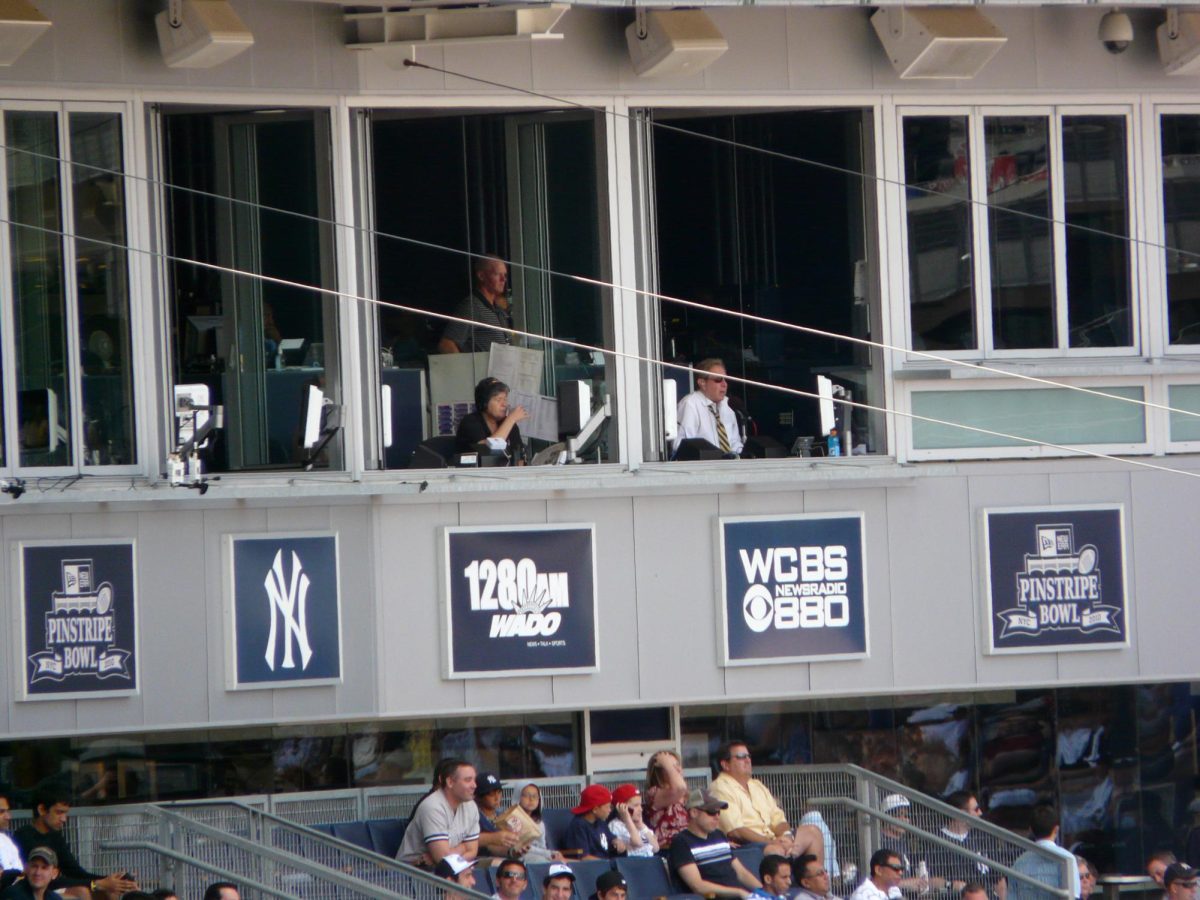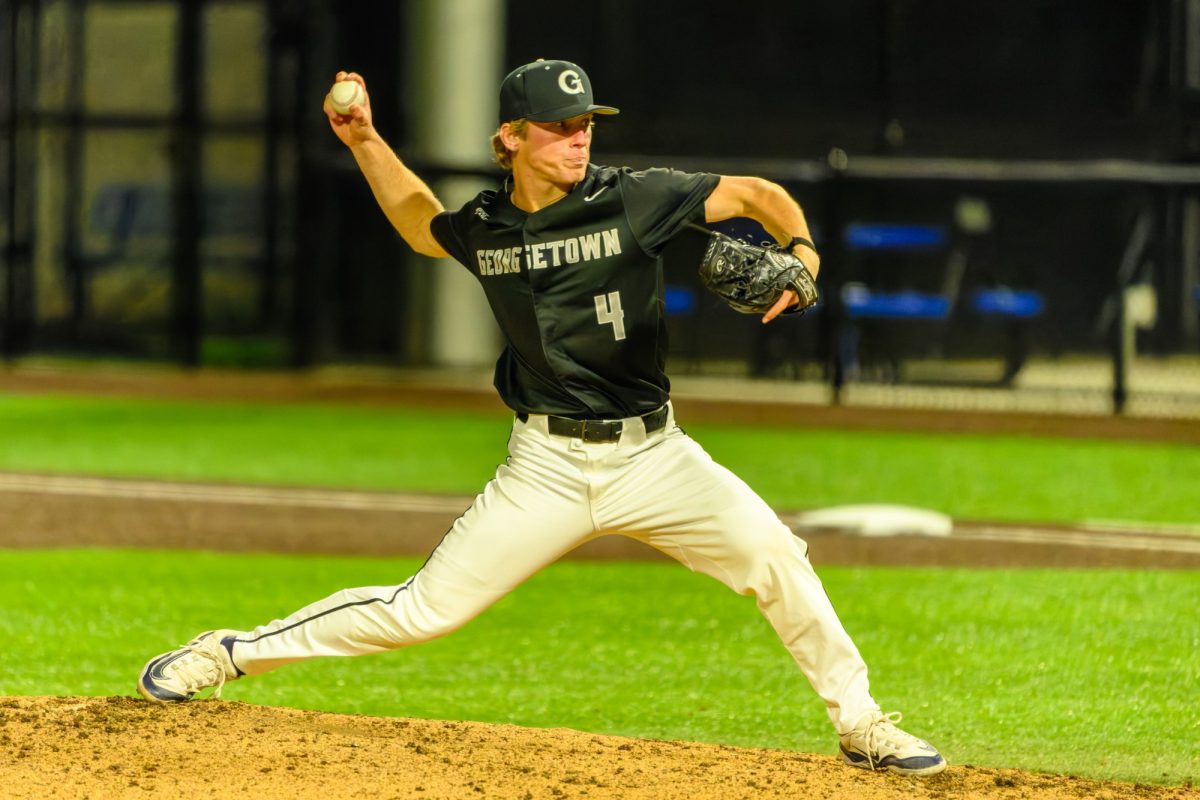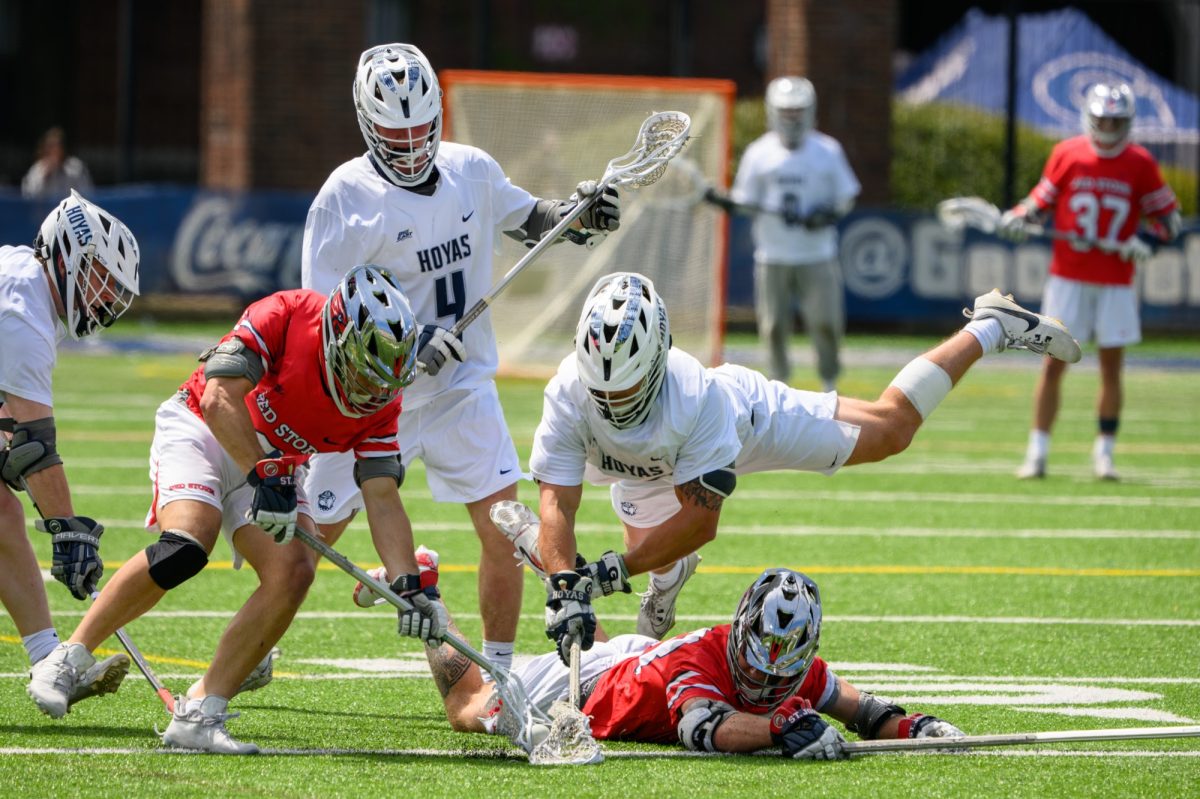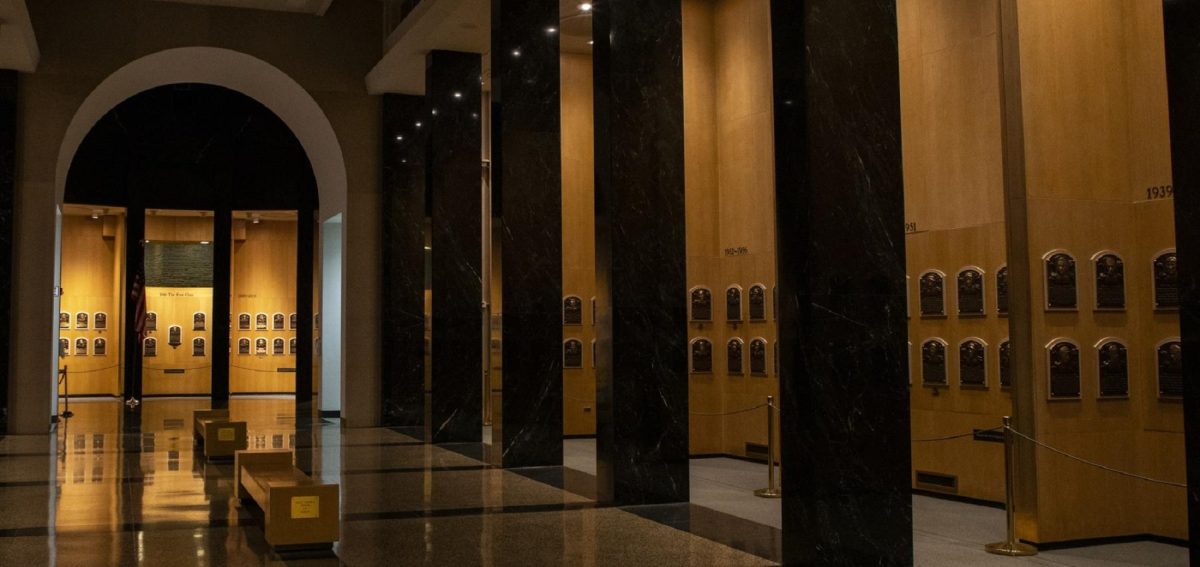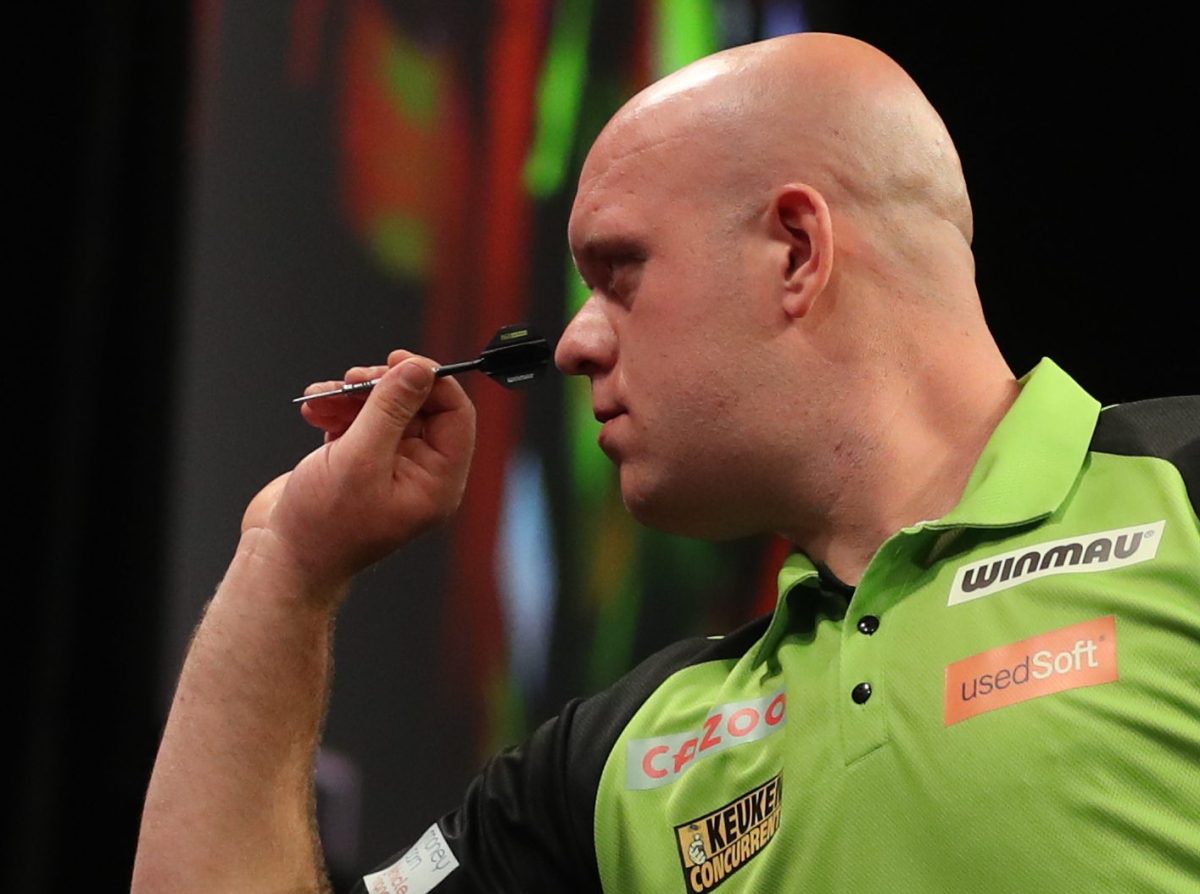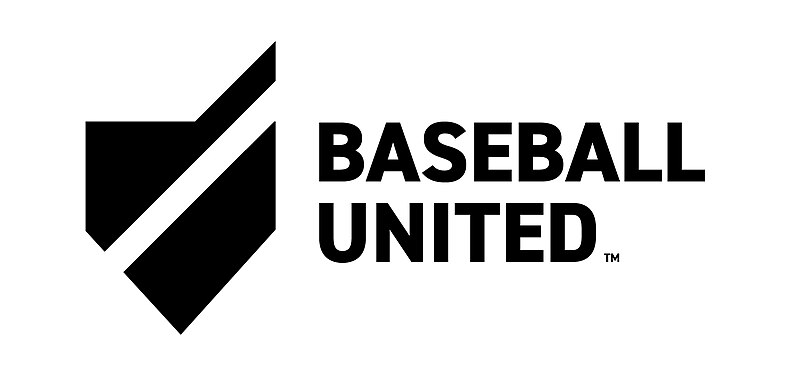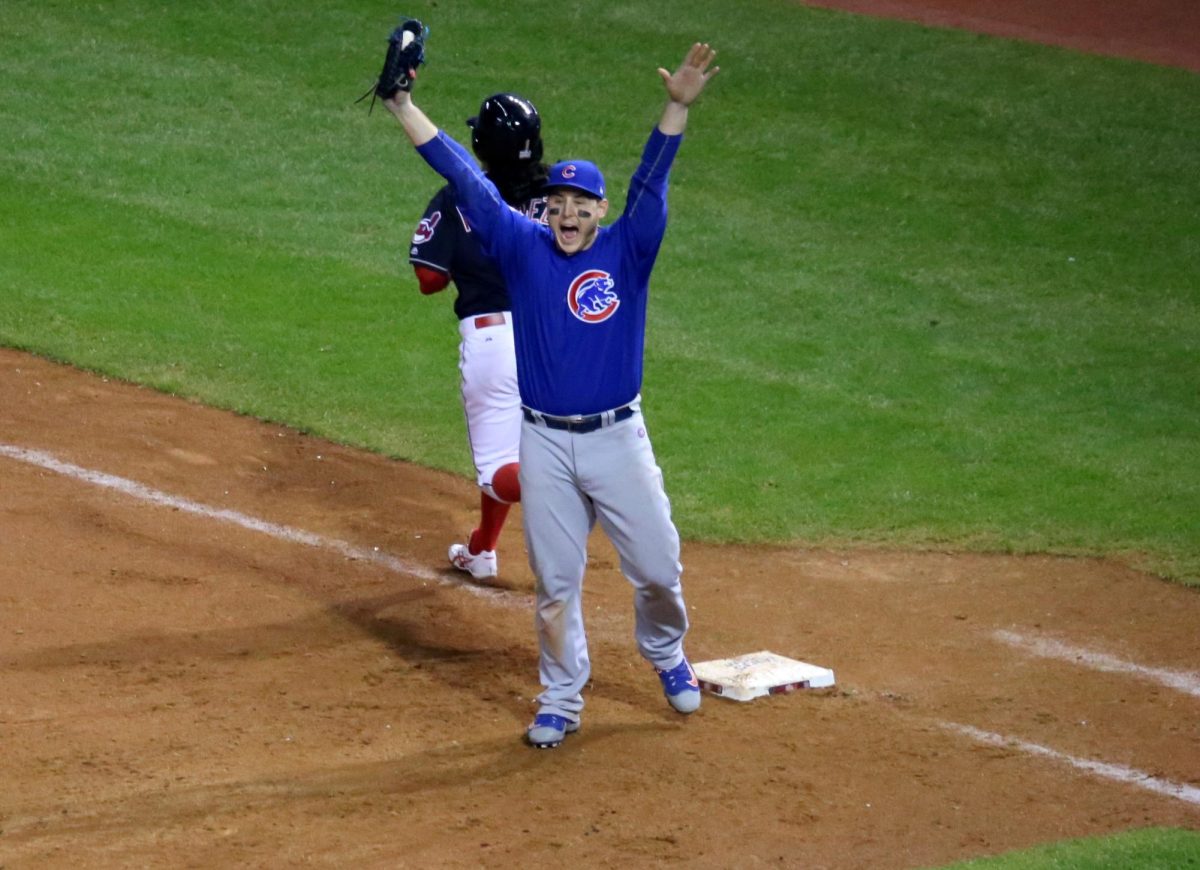The winds of change are coming to the NFL — and just about everyone is standing ready in the breeze with outstretched arms, ready to receive them.
On Tuesday afternoon, NFL.com reporter Judy Battista reported that, in an effort to potentially amend the confusing, failing catch rule, the Competition Committee — the NFL’s organization dedicated to examining and changing the game’s rules — is planning to suggest some changes to the rule during league meetings at the end of March.
These changes could not come any sooner, as the rule has continually complicated the definition of a reception in the NFL, and must be altered as a result. Battista emphasized that one of the more prominent changes the committee is entertaining is the possibility of eliminating the “going to the ground” rule, which says a pass should be ruled incomplete if the player “does not remain upright long enough to demonstrate that he is clearly a runner,” according to NFL.com.
New York Giants co-owner and member of the Competition Committee John Mara weighed in on the matter to ESPN, by acknowledging that the committee is in agreement calling plays a catch when player is going to the ground, like in the case of Dez Bryant in the 2015 game against the Green Bay Packers, and the Calvin Johnson case from the 2010 game against the Chicago Bears. Mara discussed wanting to “rewrite the rules” to make those plays completions.
Since Mara’s comments, social media has exploded. Fans of the Dallas Cowboys have rightfully voiced their frustration that a potential reversal of the “going to the ground rule” — which not only discounted an extremely athletic and otherwise clean catch by Bryant, but also cost them their 2014 playoff run — came too late.
This explosion illustrates how faulty the NFL catch rule has become. The rule makes a mockery of the sport: People from amateur fans to prime-time sportscasters are unable to understand the rule or correctly predict calls.
Even NBC broadcaster Cris Collinsworth fumbled during a discussion of the catch rule during this year’s Super Bowl — though Collinsworth blundered so many other calls during the game, perhaps it is unfair to blame the catch rule for his mistake.
NFL teams, coaches and fans desperately hope the Competition Committee will provide amendments for a new catch rule in time for changes to be implemented for the 2018 season.
Of course, whether the committee gets it right is another story entirely.
There are already some red flags in the way Mara spoke about the rule. For example, he discussed “rewriting” the rule to make certain catches that were incomplete under the current rule count as complete passes. This change sets a potentially dangerous precedent, as it implies some of the addendums to the catch rule may focus too closely on specific abnormal cases and therefore run the risk of complicating the rules further.
While plays such as Bryant’s 2015 “catch” should be studied and considered, the rule should not be based on these catches. Rather, the committee should use them as examples, evidence and test cases for a simple and clear draft of the new rule.
Perhaps the NFL should craft a catch rule as we college students craft a thesis statement: Create a rule no longer than a few sentences, with clear and defendable points that can hold up well against counterarguments.
In this way, the rule would address all problems that deem certain catches incomplete. For example, the 2015 Bryant catch could be used as supporting evidence rather than as the basis for a definitive measure.
The NFL should simplify the catch rule as much as possible. It should make sure indicators of a catch are clear, easy to spot and non-negotiable. It should leave no room for interpretation by eliminating any unclear or confusing language. Finally, it should make sure the rule in practice does not discount plays that should be catches, but are ruled incompletions because of strange secondary conditions.
In addition, creating a catch rule with a goal in mind, such as “protecting receiver safety” or “not punishing athleticism,” would allow officials to interpret unclear catches correctly and without controversy.
Other than rules about simultaneous catches, the only real rule the NFL needs to define a catch is that of possession, which is signified with two feet in bounds and control of the ball in the receiver’s hands or arms during these two steps. Any extraneous rule such as one that “establishes the receiver as a runner” has proven to be superfluous.
Above all else, the NFL Competition Committee should focus on simplicity when drafting a new catch rule.
Here’s to hoping the change brings improvement, rather than blowing in another storm.
Amanda Christovich is a junior in the College. Helmet to Helmet appears every other Friday.




